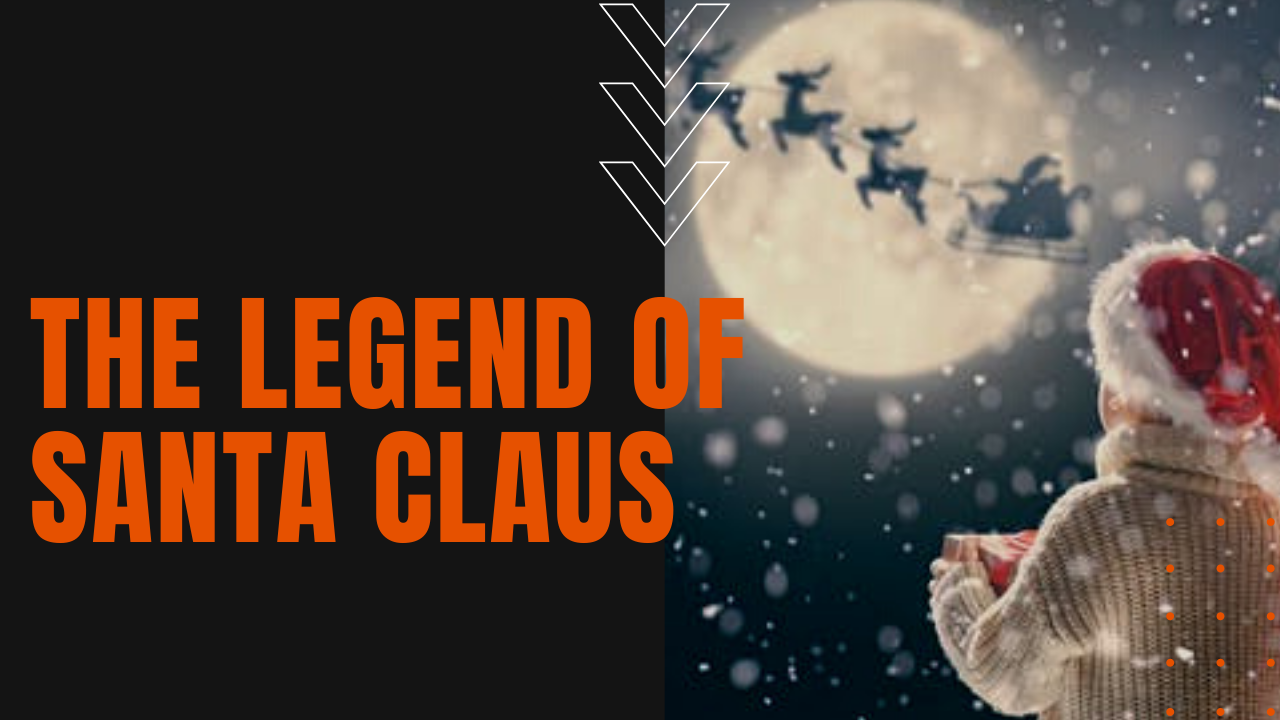The Legend of Santa Claus

Whether you know him as Santa Claus, Father Christmas, Saint Nicholas, Kris Kringle or simply Santa, the origins of a gift-giving jolly elf has evolved from an assortment of Western Christian cultures, who tell of a magical elf who brings gifts to the homes of well-behaved children on Christmas Eve.
Where Did the Legend of Santa Claus Come From?
The modern character of Santa Claus is based on traditions and archetypes from a number of western cultures, including a fourth-century Greek bishop and gift-giver from the village of Myra, Britain’s Father Christmas and the Dutch figure of Sinterklaas.
Some even affix Santa’s ancestral origins to elements of the Germanic deity Odin, who was associated with the pagan midwinter event of Yuletide and led the Wild Hunt, which was a ghostly nighttime procession across the sky.
Modern Day Santa
Santa’s image of a portly, jolly, white-bearded man became a popular icon in the United States and Canada in the 19th century, due in large part to a poem by Caricaturist and political cartoonist, Thomas Nast, entitled A Visit from St. Nicholas.
Since that time, Nash’s original depiction of Santa has been maintained and reinforced through songs, television, children’s books and Christmas movies. The legend and mythology of Santa Claus has been built up through the years by parents and their wide-eyed believing children of a certain age, who were told that any misbehavior prior to Christmas would result in a no-show by the jolly elf.
Parents everywhere enthusiastically paint a picture of Santa’s workshop at the North Pole, where on Christmas Eve, Mrs. Claus and Santa’s cadre of elves would load up his sleigh with mystical volumes of gifts, while his flying reindeer soared around the world in a different kind of magic, delivering gifts for good children everywhere.
